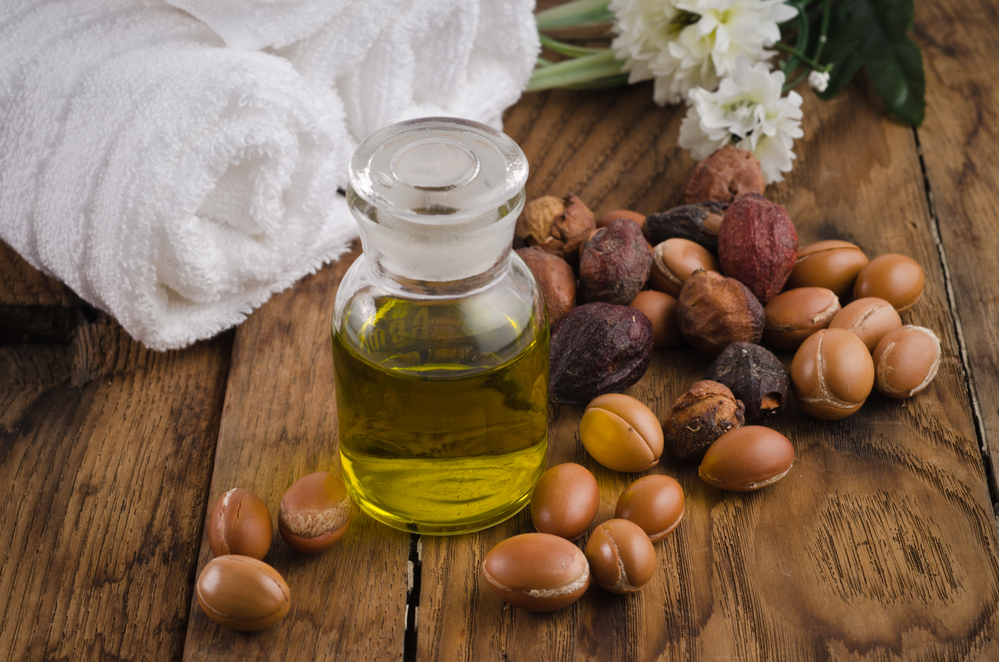The Biggest Differences Between Rosehip and Argan Oil
By Space Coast Daily // March 24, 2021

More and more, people are creating their own DIY skin care products like lotions, serums and balms. But, to do this, it’s crucial to know the difference between various carrier oils. Two such oils, Rosehip and Argan, are some of the most sought after.
Not only are they both excellent for oily and acne-prone skin but they also contain vital nutrients needed to repair, replenish and revitalize. They share many characteristics but, what are the benefits of Rosehip oil vs Argan oil? Most of the difference between the two is in their comedogenic rating.
Comedogenic Ratings
Comedogenic ratings are a system developed by the beauty industry to indicate oil’s ability to clog pores and induce purging. The higher the rating, the greater the chance of clogged pores which means the less safe it is for oily skin. It isn’t a catch-all because everyone has unique skin chemistry, but it’s a good indicator.
Rosehip Oil
Rosehips are the fruit of a rosebush after its petals have dropped. The oil is an extraction of this fruit to create a rich, orange-colored and scent-free emollient. Great for acne-prone skin, Rosehip oil works to reverse hyperpigmentation, sun damage, signs of aging, stretch marks and scars. It’s high in antioxidants to clear impurities from the skin and restore texture.
Any skin type can use this because it has a comedogenic rating of 1. It’s high in Linoleic acid and low in Oleic acid with a touch of Linolenic acid. These help lock in moisture and reduce the appearance of flakiness, wrinkles and fine lines.
It’s packed with vitamins C and A to provide a radiant complexion. Known as“dry oil,” Rosehip is quick to absorb on the face and lips to moisturize rough, chapped skin. It doesn’t leave behind a greasy residue and improves skin with continued use.
Argan Oil
Argan comes from a nut tree in Morocco and prized as a dermatological superfood. Its natural exfoliation reduces redness, swelling, fine lines, wrinkles and dead skin. With a comedogenic rating of 0, it has the capacity to treat acne, prevent breakouts, reduce scars and regulate sebum production.
The low possibility of clogged pores with endless uses makes Argan oil very popular. Lotions, creams, balms, hand soaps, lipsticks, eye shadows, eyeliners, mascaras and hair care products often incorporate Argan. This means Argan is perfectly suited to almost any skin type, even sensitive and damaged.
The high levels of vitamin A makes for youthful, plump, supple and even skin texture. It’s high in Linoleic acid but very high in Oleic acid with a little bit of Linolenic acid. It absorbs into the skin with ease and doesn’t leave a greasy feeling. Argan also helps with frizzy hair, dry nails and tough cuticles. Hair will look shinier, healthier and silkier.
Biggest Differences
Although both Rosehip and Argan oils are excellent for almost any skin type, there are some differences. Rosehips come from fruit whereas Argan comes from a tree nut. People with severe nut allergies may want to avoid Argan.
But, because Rosehip has a higher comedogenic rating than Argan, some people may experience clogged pores; Argan rarely ever does this. Both oils can combat signs of aging and dryness but Rosehip’s high vitamin C content lends itself to these particular issues.
Each oil has versatility, but Argan is more flexible with immediate results. Rosehip will improve skin after prolonged use. But, everyone’s skin chemistry varies, so you may have to play with both. You never know, a perfect blend of the two may be what makes your skin happy.











